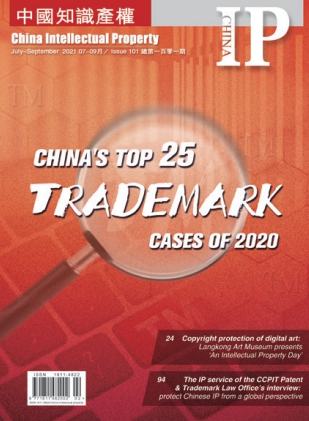Docket No.: (2020)京73民终2139号
Docket No. transliteration: 2139, second instance (终), civil case (民), (2020) Beijing Intellectual Property Court (京73)
Lower Court Doccket No.: (2019)京0101民初3664号
Lower Court Docket No. transliteration: 3664, first instance (初), civil case (民), (2019) Dongcheng District People's Court of Beijing city (京0101)
STATEMENT OF THE CASE AND FACTS
HE,
(何)
Plaintiff-Appellee
v.
BEIJING XINBANG DAIKOKUYA TRADING CORPORATION, LTD.
(北京信邦大黑屋商贸有限责任公司)
Defendant-Appellant
Daikokuya Holdings Co., Ltd. is a Japan-based company mainly engaged in the manufacture and sale of electrical appliances, as well as pawn shops, secondhand stores, and other businesses. The company began to operate under the Daikokuya brand in its founding year of 1947. In 2016, the company and Chinese company CITIC XinBang Asset Management Corporation Ltd. (中安信邦资产管理有限公司) launched joint venture Beijing XinBang Daikokuya Trading Corporation, Ltd. (“XinBang Daikokuya”) in China.
In 2009 and 2010, the Trademark Office of the China National Intellectual Proproperty Administration (CNIPA) approved Chinese businessman He’s applications for the registration of two trademarks DHW大黑屋 (大黑屋 is the Chinese transliteration of Daikokuya, and DHW is the three first letters of the pinyin of the Chinese transliteration) and大黑屋 in relation to ‘sales promotion for others’ in Class 35 and one trademark DHW大黑屋 in relation to ‘financial appraisals’ and ‘lending against security’ in Class 36.
Businessman He filed a lawsuit with the Dongcheng District People's Court of Beijing city alleging XinBang Daikokuya infringed the trademarks owned by her and demanding that XinBang Daikokuya stop using the 大黑屋 trademark in any of its marketing activities and pay a certain amount in damages.
The trial court ruled for the plaintiff and awarded her 50,000 yuan ($8,000) in damages and 30,000 yuan ($4,700) in reasonable expenses on the grounds that there was no evidence to prove that the 大黑屋 trademark was used in commerce first by Daikokuya Holdings Co., Ltd. or defendant XinBang Daikokuya in China as well as that the plaintiff filed the application for the registration of the 大黑屋 trademarks with a bad-faith intent or by any illegal means. The court agreed with He’s argument that XinBang Daikokuya infringed her right to the Class 36 trademark on the basis that the purchase and sale of pawn shop goods and secondhand brand goods (bags, watches, jewelry) that XinBang Daikokuya engaged in was closely related to and easily confused with the plaintiff’s Class 36 registration, while dismissing the plaintiff’s infringement claim on the plaintiff’s Class 35 registration.
The defendant appealed the case to the Beijing Intellectual Property Court. The appeals court upheld the lower court’s decision.
ANALYSIS
The point of contention of the case was the discrepancy between first-to-use and first-to-file trademark regimes. Most countries, such as China and European Union countries, follow the first-to-file trademark system, under which applicants that are first to file or apply for registration of their marks are assigned trademark rights and given priority over others, regardless of actual use of the marks by applicants or existence of prior users of the same marks in commerce. As though the Daikokuya mark was well-known in Japan, the assignment of its rights in China was subject to the country’s first-to-file trademark system. A fine line should be drawn between legitimate application and bad-faith squatting to protect applicants’ trademark rights.




